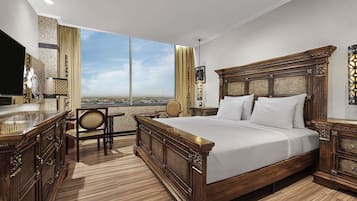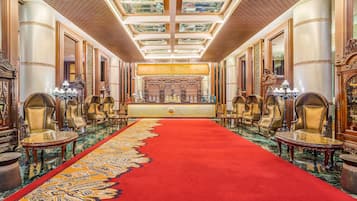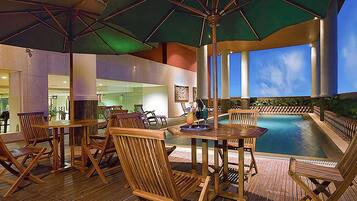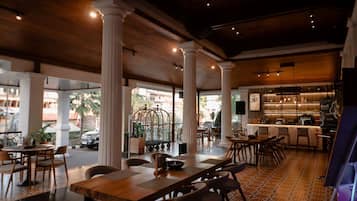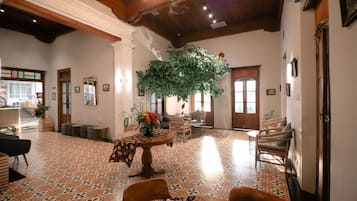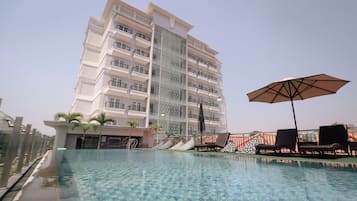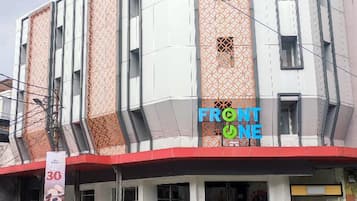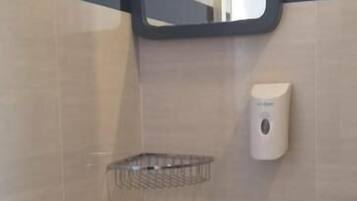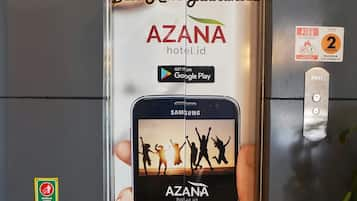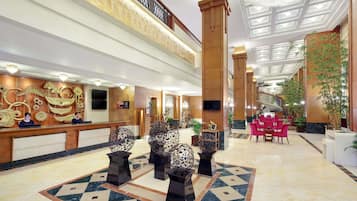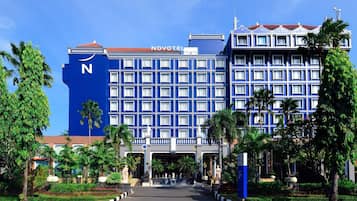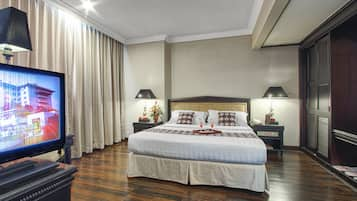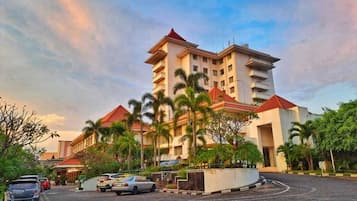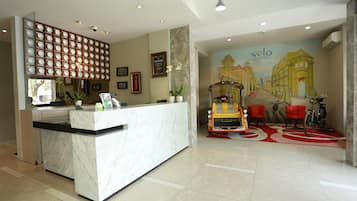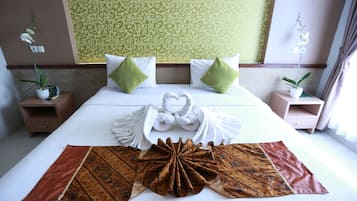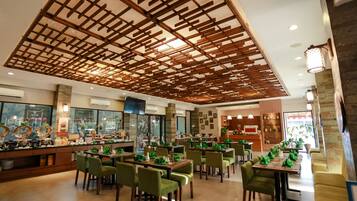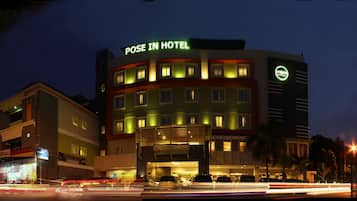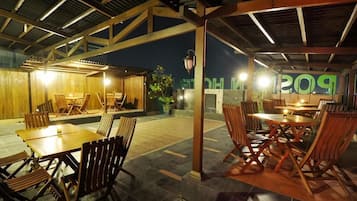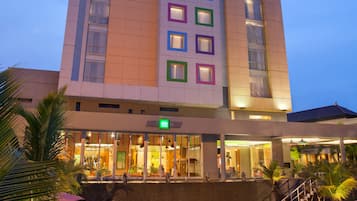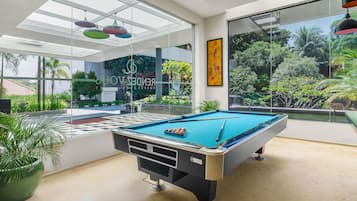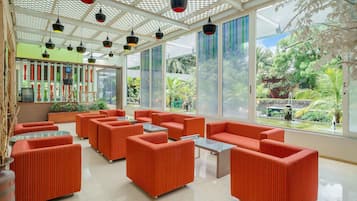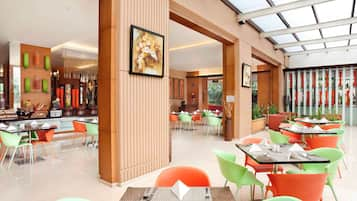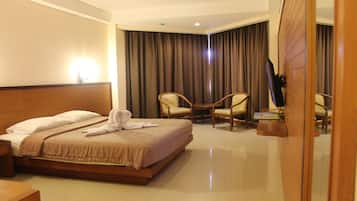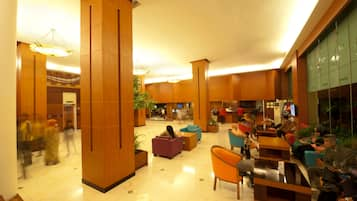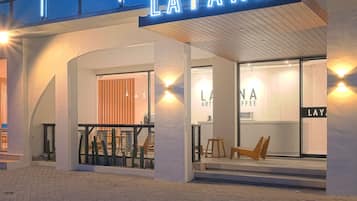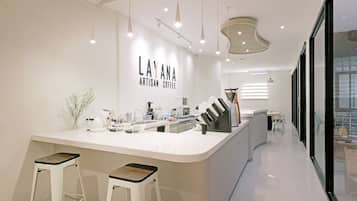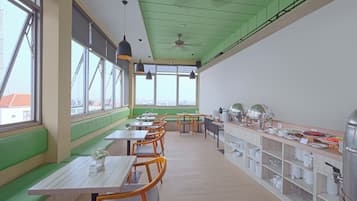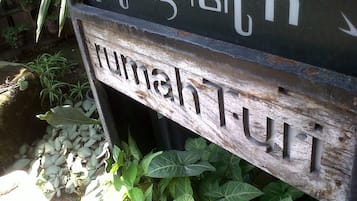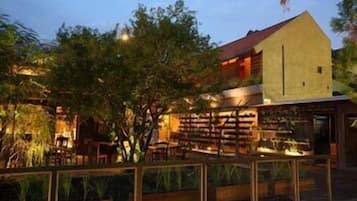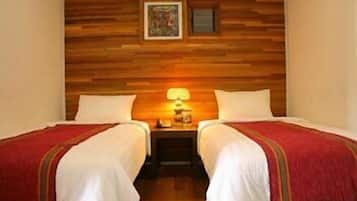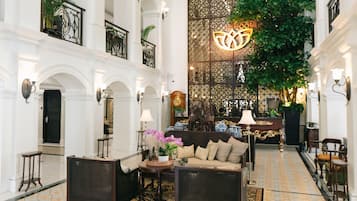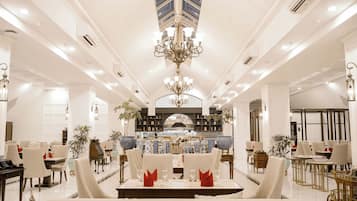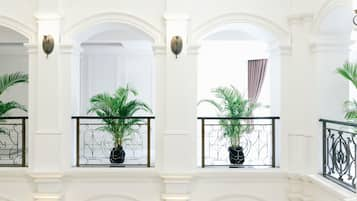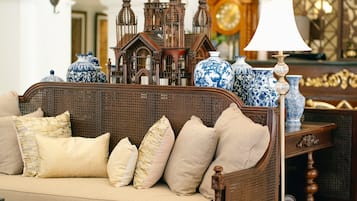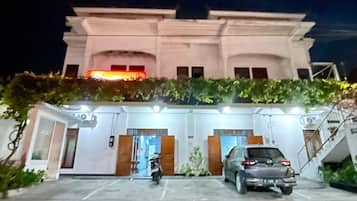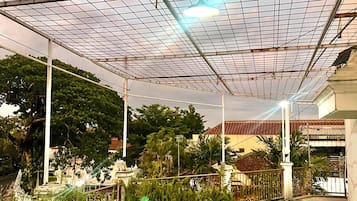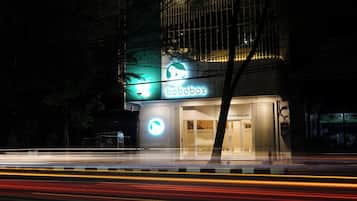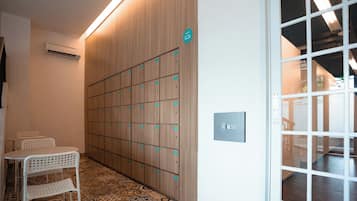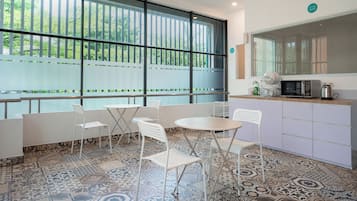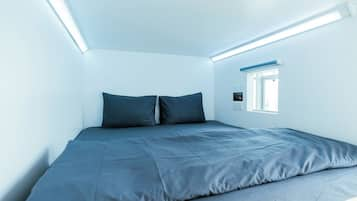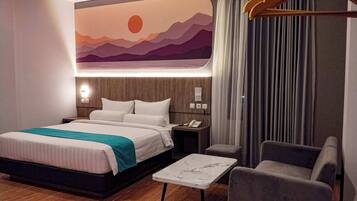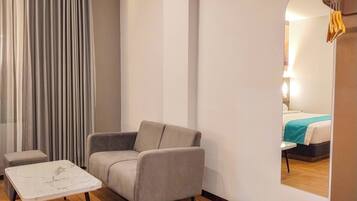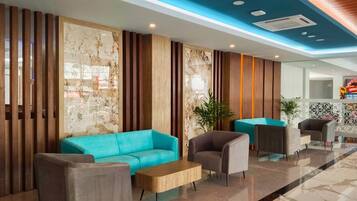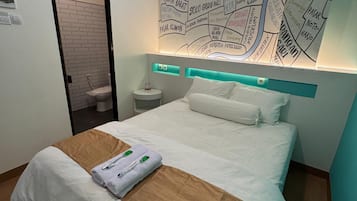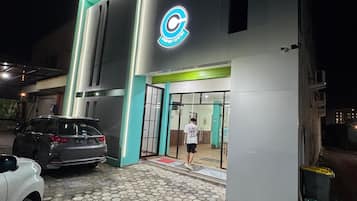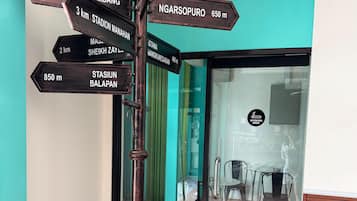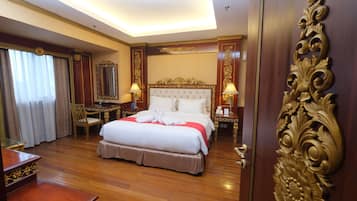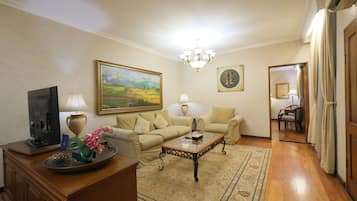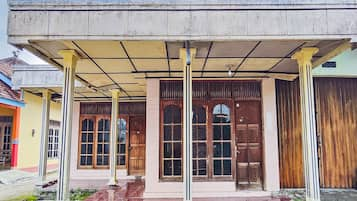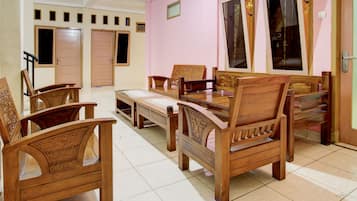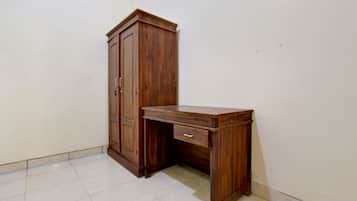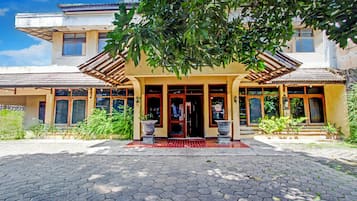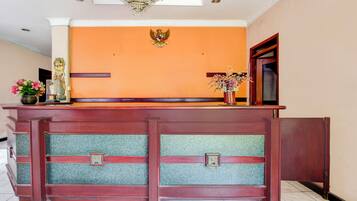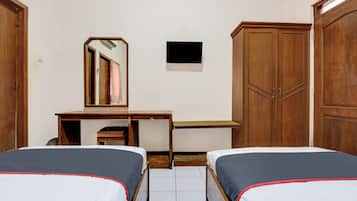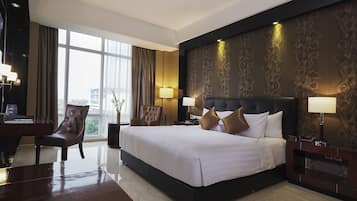Foto de Sharrie Shaw
Hoteles cerca de Centro de la ciudad de Surakarta - Surakarta
- No te preocupes si cambias de ideaReserva hoteles con cancelación gratuita.
- Escoge lo que tú quierasBusca entre más de un millón de alojamientos de todo el mundo.
Escoge un alojamiento muy especial de Centro de la ciudad de Surakarta
Consulta los precios para estas fechas
Esta noche
Mañana
Próximo fin de semana
En dos semanas
Nuestros mejores hoteles en Centro de la ciudad de Surakarta
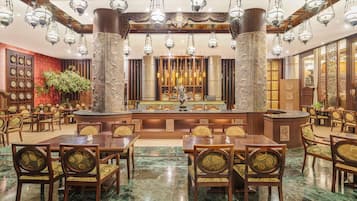
The Royal Surakarta Heritage - Handwritten Collection
The Royal Surakarta Heritage - Handwritten CollectionCentro de la ciudad de Surakarta
8.4 sobre 10, Muy bueno, (165)
El precio actual es de 32 €
incluye tasas e impuestos
Del 18 dic al 19 dic

Front One Budget Hotel Slamet Riyadi Solo
Front One Budget Hotel Slamet Riyadi SoloCentro de la ciudad de Surakarta
El precio actual es de 34 €
incluye tasas e impuestos
Del 16 dic al 17 dic

7.2 sobre 10, Bueno, (24)
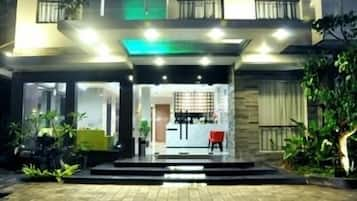
7.2 sobre 10, Bueno, (17)
El precio actual es de 16 €
incluye tasas e impuestos
Del 13 ene al 14 de ene de 2026
Precio más bajo por noche encontrado en las últimas 24 horas para una estancia de 1 noche y 2 adultos. Los precios y la disponibilidad están sujetos a cambios. Pueden aplicarse términos y condiciones adicionales.
Dónde alojarte en Centro de la ciudad de Surakarta
Descubre las mejores zonas y barrios de Centro de la ciudad de Surakarta según las actividades que más te interesen.
Banjarsari
Cuando estés en Banjarsari, aprovecha para ver algunos de sus principales atractivos, como Solo Paragon Lifestyle Mall (centro comercial) y Parque Balekambang.
Mejores comentarios sobre hoteles en Centro de la ciudad de Surakarta
Te acercamos a un mundo de viajes
Preguntas frecuentes
Más hoteles en otros barrios de Surakarta
Hoteles más populares en Centro de la ciudad de Surakarta
Más formas de reservar
Últimas tendencias en Expedia
Hoteles
- Attalos Hotel
- Pensiones Benalup-Casas Viejas
- Hotel Maria del Mar
- Hoteles en Binissalem
- Exe International Palace
- Palacio de los Duques Gran Meliá - The Leading Hotels of the World
- Hotel Palma Avenidas
- Hoteles con Spa en Provincia de Alicante
- Super 8 by Wyndham North Bergen NJ/NYC Area
- Apartamentos Poblado de Sancti Petri
- Hotel Alba
- Pensiones Morata de Tajuña
- 1881 Barcelona Gran Rosellon Hotel
- Hoteles de Iberostar en Benalmádena
Vuelos
Coches
Paquetes
![At the museum no photos are allowed which is really unfortunate as it was well worth the visit and the guided tour is definitely not to be missed. In the museum there are even Batik made from the Dutch era which depicts stories like Little Red Riding Hood and Snow White!
I enjoyed the tour v much and at the end of the tour we were brought to this room where the artisan were working on hand drawn batik.
Below is an excerpt from Wikipedia for anyone interested in learning more about the process of batik making.
Firstly, a cloth is washed, soaked and beaten with a large mallet. Patterns are drawn with pencil and later redrawn using hot wax, usually made from a mixture of paraffin or bees wax, sometimes mixed with plant resins, which functions as a dye-resist. The wax can be applied with a variety of tools. A pen-like instrument called a canting (IPA: [tʃantiŋ], sometimes spelled with old Dutch orthography tjanting) is the most common. A canting is made from a small copper reservoir with a spout on a wooden handle. The reservoir holds the resist which flows through the spout, creating dots and lines as it moves. For larger patterns, a stiff brush may be used. Alternatively, a copper block stamp called a cap (IPA: [tʃap]; old spelling tjap) is used to cover large areas more efficiently.
After the cloth is dry, the resist is removed by scraping or boiling the cloth. The areas treated with resist keep their original color; when the resist is removed the contrast between the dyed and undyed areas forms the pattern. This process is repeated as many times as the number of colors desired.
The most traditional type of batik, called batik tulis (written batik), is drawn using only the canting. The cloth need to be drawn on both sides and dipped in a dye bath three to four times. The whole process may take up to a year; it yields considerably finer patterns than stamped batik.
Source: Wikipedia](https://images.trvl-media.com/place/6224808/26fd1460-c65a-4c1a-9444-7a893e883ac9.jpg?impolicy=fcrop&w=1200&h=500&q=medium)
